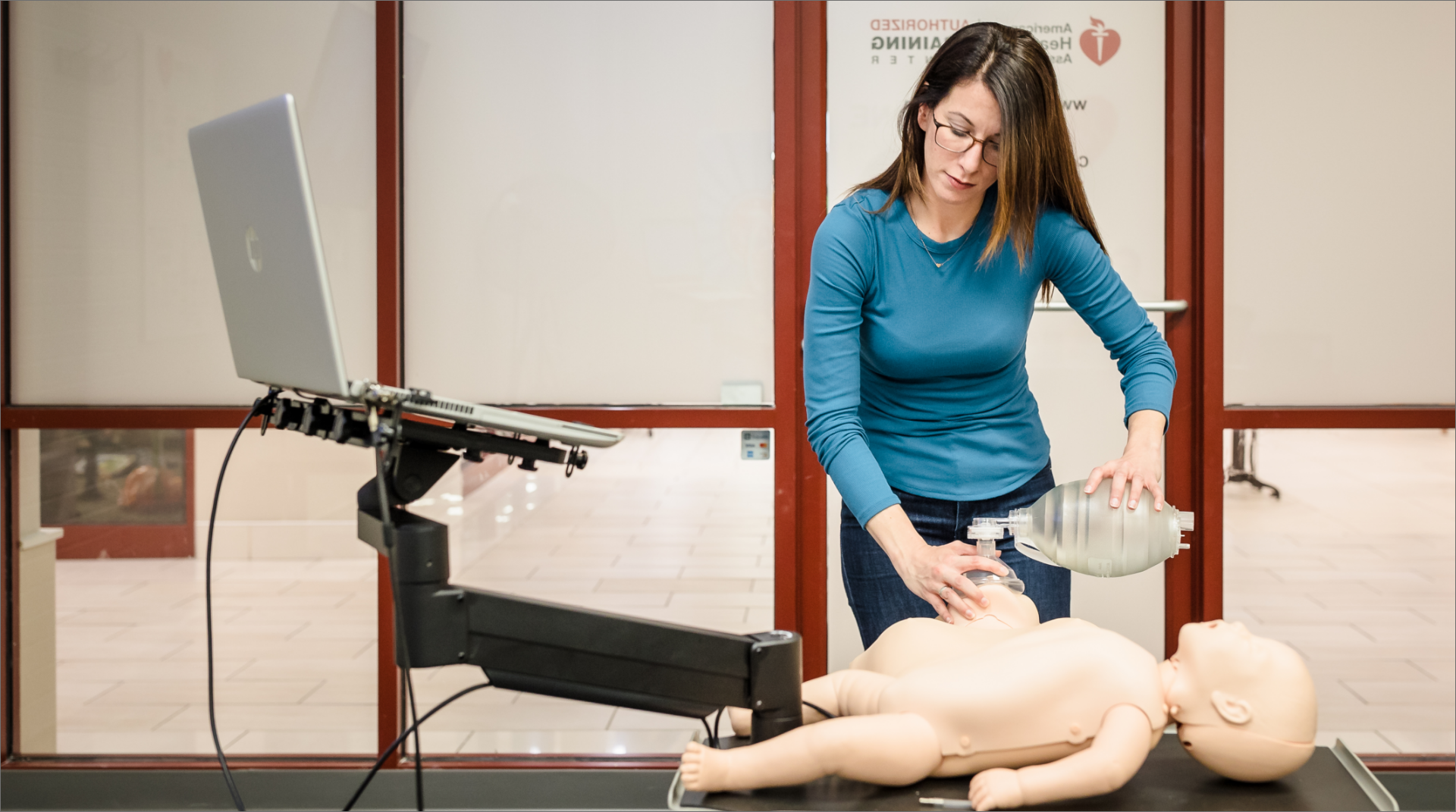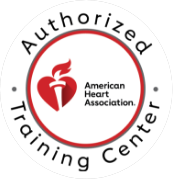

CPR Resource Center
The most comprehensive library of emergency training resources — including videos, articles, downloads, and more.


The most comprehensive library of emergency training resources — including videos, articles, downloads, and more.
Have you ever wondered how the AHA Instructor Training Process works? It can get confusing, but this article will help walk you through the process from start to finish. If you’re interested in becoming an instructor and still have questions after reading this article, please reach out and we’ll be happy to answer them.
As an American Heart Association Training Center, we are able to accept instructors in all AHA disciplines (Heartsaver, BLS, ACLS, PALS) to join our center. However, the AHA holds Training Centers responsible for all affiliated instructors. As such, Code One does accept affiliate instructors but we have several steps to obtain certification and to obtain affiliation without a center.
May teach BLS Provider and Heartsaver First Aid / CPR courses. Must have a BLS Provider level certificate (there is no time requirement for how long they’ve had it but they must be comfortable with the materials). Instructor candidates need to get Training Center affiliation set up before registering for class by obtaining a signed Instructor Candidate Application. This article details how to get affiliation and some Training Centers that accept affiliate instructors:
Once they have their BLS Provider card and Instructor Candidate Application completed, they may register for BLS Instructor training.
The class consists of 4 components – Instructor Essentials, Virtual Instructor Training, Observation, and Monitoring.
Instructor Essentials is an online class that can be completed anytime. This is done on Moodle. It discusses adult learning theory and background of the American Heart Association.
Virtual Instructor Training is a live online class that is scheduled in Enrollware. Instructor candidates cover more learning theory, an overview of the different AHA courses they can teach, and the principles of skills testing and remediation.
Observation is when the instructor watches another instructor teach at a Code One instructor-led class. This needs to be done in-person at one of our Training Centers that offers instructor-led training (SAV, CHS, PHL, ABE, STAM, HVN, HTFD, WMTC, WORC, BOS). We conduct a skills validation as part of this session. Candidates may observe as many classes as they need to feel comfortable teaching.
Monitoring is when the candidate teaches a class at Code One without assistance. A Code One instructor will observe the candidate teaching a BLS Provider class. The instructor will then complete a monitoring form recommending the candidate repeat monitoring or be issued certification.
Deviations may exist to this process such as when we offer training off-site for a group or when one of our existing Training Sites conducts the Observation and Monitoring steps during their classes.
Website: https://code1web.com/bls-instructor

This is the same process as BLS Instructor except you need to have a Heartsaver certificate to enter the program. You can only teach Heartsaver courses, and they are monitored teaching a Heartsaver class.
Website: https://code1web.com/heartsaver-instructor
New instructors and current instructors that are affiliated with another AHA Training Center may seek alignment with Code One.
We have several quality requirements including a growth strategy, quality assurance plan, having adequate equipment, be insured, and plans to teach at least 50 students per year. Our team meets to discuss applications as they come in to decide whether or not to accept the training site for alignment.
Training sites pay a fee per card issued to students. We have a 50 certification card annual minimum for each training site. A site that does not reach the minimum pays a $6.50 per card access fee for each card they were short that year.
Established Training Sites with a good history (rosters submitted timely, no quality concerns, invoices paid on time) may expand their disciplines to include ACLS and PALS. They may also opt-in to bulk purchase of AHA eCards so that they may issue their own cards to students.
Website: https://code1web.com/tsapp – Includes a PDF checklist for completing the application and access to the Training Site Application web form.
The process to become an instructor is time consuming (about 15 hours) and costly (estimate $5k for equipment, tuition, supplies). In general, a training site will not break even unless they are training at least 60 people per year.
Potential instructors considering becoming an instructor should see if BEACON may be a better option for their team. With BEACON, they would not need to pay for equipment, materials, cards, instructor tuition, and instructor hours in training. A group discount rate (https://code1web.com/team-training/) can unlock significant savings while enhancing quality through computer validated skills.
Help Me Find a Course